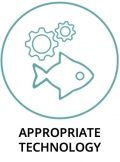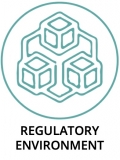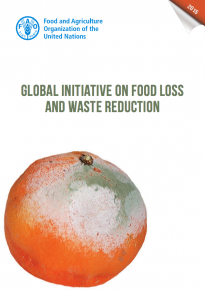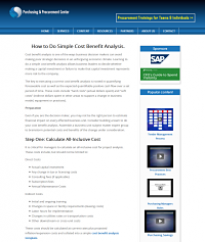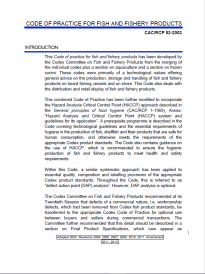Solutions for Reducing Food Loss and Waste (FLW)
Solutions to food loss and food waste (FLW) rely on a combination of the right policy, application of appropriate technology, skills and knowledge, services and infrastructure, regulatory environment, social and gender equity, good linkages to and knowledge of markets. These topics cut across all stages of the value chain. For example, marketing skills and knowledge are applicable to producers, processors, and retailers.
Solutions to FLW will provide economic benefits, have a positive impact on food and nutrition security, improve natural resource use efficiency, and reduce environmental impacts and waste streams. Solutions however will require action by either the public and/or private sectors. Actors in the value chain will require an incentive to change, such as cost effectiveness or increased profit, a secured environment for business where there is sustained support towards promoting effective loss reduction and enforcement of the rules to deter irresponsible practices. Policy makers and the public sector require solutions to be not only economically beneficial but also to generate benefits for society.
Targeting and Designing Solutions
Targeting and Designing Solutions
To effectively target and design solutions needs an understanding of FLW, and in particular, information on:
- Magnitude of FLW
- Impact of FLW in terms of economics and society
- Causes of FLW
- Who is affected and how
If information is not available on FLW then consideration should be given to generating it using:
- Existing solutions and evidence/case studies of good practices that reduce FLW
- Value chain assessment
- FLW assessment
To assist in decision-making, a cost benefit analysis (CBA) of proposed solutions can be used. As there can be a myriad of FLW scenarios and potential solutions across a range of entry points, decision makers are encouraged to carry out their own CBA as part of the decision making process. It is important to remember that it might not be practical to reduce FLW to zero, and that a solution to FLW at one stage in the value chain can have an impact on FLW at other stages. For example, good on-board handling at the fishing stage will help reduce FLW at other downstream stages of the chain.
Measuring the impact of solutions in terms of FLW reduction is important. One approach to do this is to measure before and after situations. Load Tracking can be used to help with this.
Solution Entry Points
Solution Entry Points
This website presents guidance and examples of these solution entry points for value chain stages and different product types. The aim is to demonstrate that sustainable solutions may require actions for different entry points.
Solution Entry Points for Food Loss and Waste in Fish Value Chains | |
|---|---|
| |
| |
| |
| |
| |
| |
| |
Key Publications
Global Initiative on Food Loss and Waste Reduction The impacts of food loss and waste as well as strategies to mitigate this are important components in the FAO’s Global Initiative on Food Loss and Waste Reduction. | |
How to Do A Simple Cost Benefit Analysis A simple cost benefit analysis can help business leaders understand the risks and benefits of making or failing to make a capital investment. Guidelines to performing a cost benefit analysis are included. | |
Code of Practice for Fish and Fisheries Products CAC/RCP-2003 Global standard that presents information on freezing and cold storage practices which aim to reduce spoilage and waste. |



